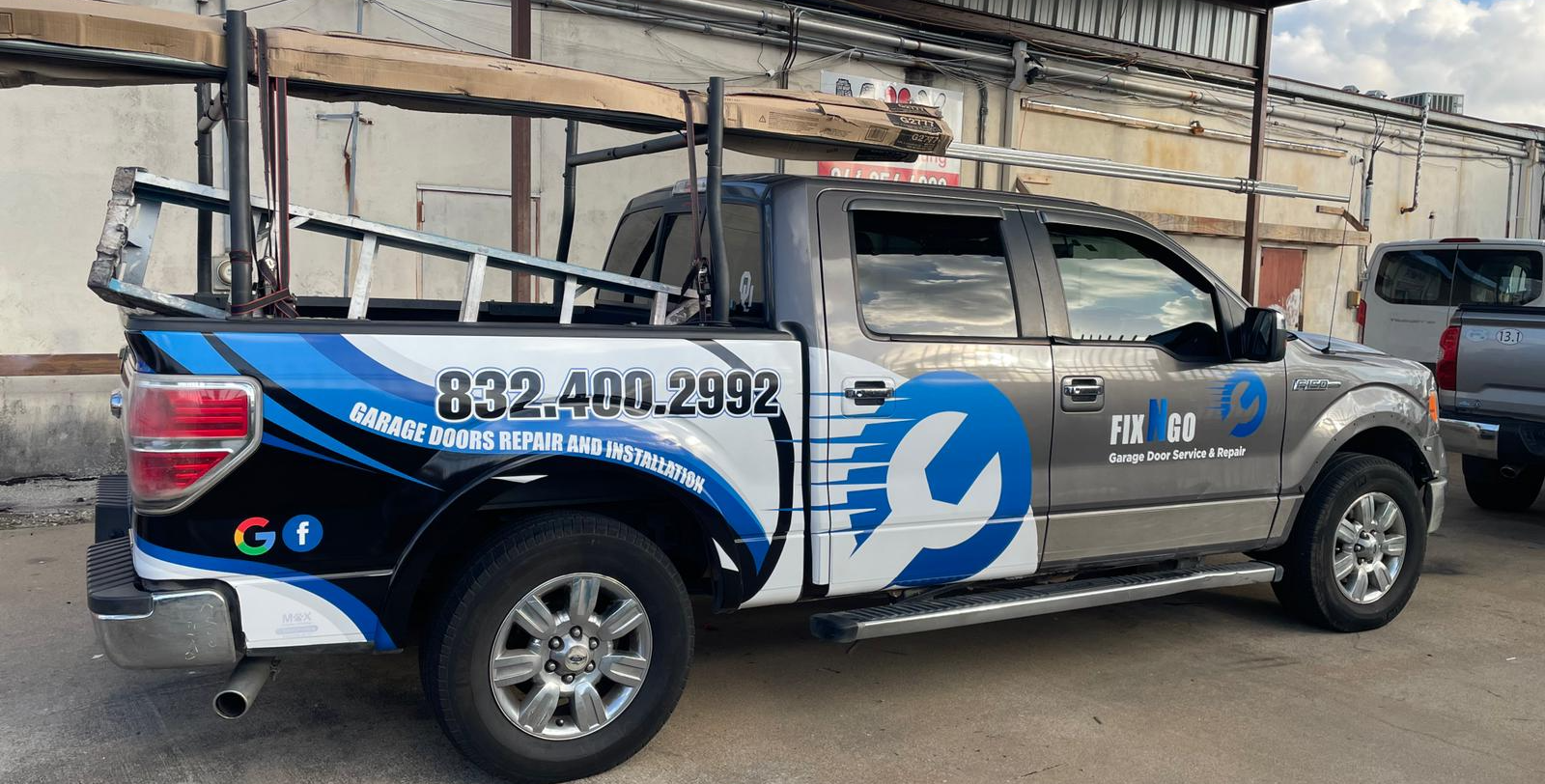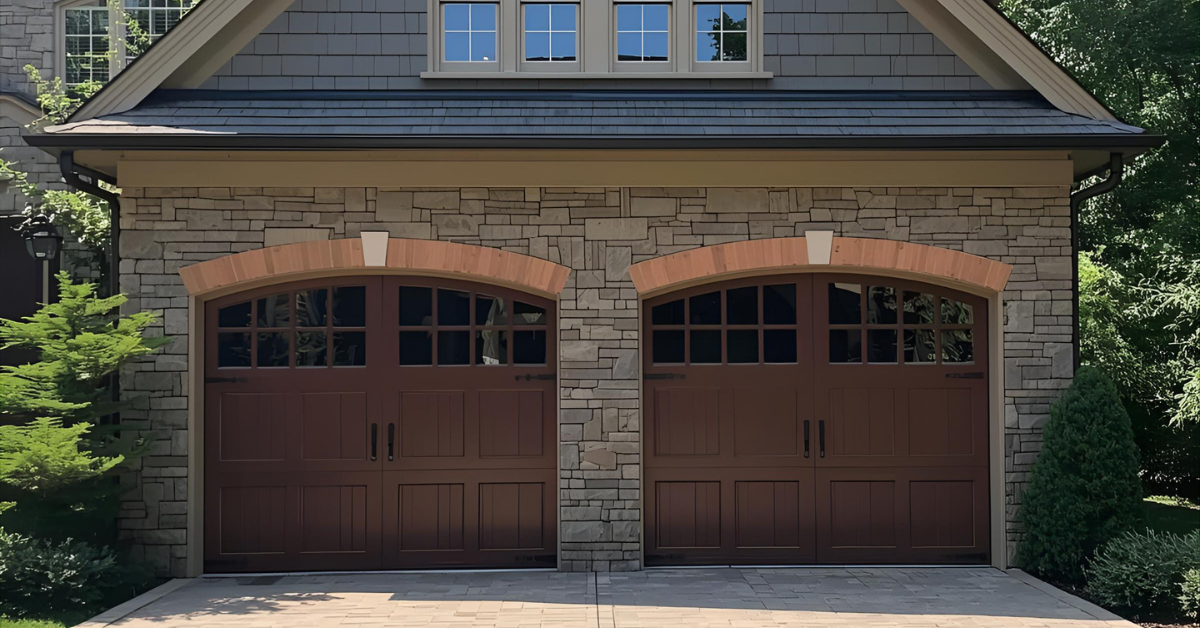Why My Garage Door Won’t Close?
Hearing about a malfunctioning garage door can bring a sudden wave of despair. The garage door can stop working in several ways, sometimes it won’t open, and other times, it won’t close. You may also witness a perfectly working garage door stuck in the middle due to an unknown reason. Whatever issue you are facing, the professionals at FixNGo can help you get a garage door that works perfectly. This article will explore some top reasons why your garage door won’t close.
Check the Safety Sensors
Maintain the functionality of your garage door by regularly inspecting and cleaning the door track, ensuring smooth and efficient door movement. Garage door safety sensors play a crucial role in preventing the door from closing when obstacles are detected. Follow these step-by-step instructions to clean and align the sensors properly, ensuring optimal functionality and safety:
Understanding the Role:
- Safety sensors are designed to detect objects or obstructions in the door's path.
- They work in tandem, sending and receiving an invisible beam of light. If the beam is interrupted, the door stops to prevent accidents.
Step-by-Step Cleaning:
- Power off the garage door opener to ensure safety during maintenance.
- Use a soft, clean cloth to wipe away any dirt, dust, or debris on the sensor lenses.
- Inspect the sensors for spider webs or other blockages that might disrupt the beam.
Alignment Instructions:
- Check the alignment of both sensors. They should be facing each other directly.
- Use a level to ensure they are at the same height. Adjust the sensors if necessary to achieve proper alignment.
- Tighten any loose screws holding the sensors in place.
Test the Sensors:
- Power on the garage door opener and test the sensors by closing the door.
- If aligned correctly, the door should stop closing if an object is placed in the sensor's path.
- If the door doesn't respond, recheck the alignment and cleanliness of the sensors.
Maintain a Clear Line of Sight:
- Trim any vegetation or obstacles that may block the sensor's beam.
- Ensure there are no items stored in the garage that could inadvertently interrupt the sensor's line of sight.
Regular Checks:
- Perform these checks regularly to ensure the sensors remain clean and aligned.
- Educate family members about the importance of maintaining the clear line of sight for the safety sensors.
By following these simple steps, you can keep your garage door sensors in optimal condition, ensuring the safety features are effective in preventing accidents.
Test the Limits and Adjustments
Understanding and adjusting the travel and force limits on your garage door opener is crucial for ensuring smooth and proper door operation. Follow these instructions to make necessary adjustments:
Significance of Adjustments:
- The travel and force limits dictate how far the garage door opens and closes and the amount of force it applies during these movements.
- Proper adjustments prevent unnecessary strain on the opener and ensure the door moves smoothly without causing damage.
Locating Adjustment Controls:
- Refer to your garage door opener's user manual to identify the location of the travel and force limit adjustment controls.
- These controls are typically found on the opener unit itself or on the accompanying wall-mounted control panel.
Adjusting the Travel Limits:
- To set the travel limits, press and hold the adjustment button until the door begins to move.
- Release the button once the door reaches the desired open or closed position.
- Repeat the process for the opposite direction.
Setting Force Limits:
- To adjust force limits, locate the corresponding controls and follow the manufacturer's instructions.
- Test the force by placing a sturdy object, like a block of wood, in the door's path during closing.
- The door should automatically reverse when it encounters the object. If not, adjust the force settings accordingly.
Reasons Why My Garage Door Won’t Close
Misaligned Tracks
Misaligned tracks can stop the garage door from closing. To ensure this is the cause, look for any gaps between the rail and the rollers. If you find some, there is a problem. If there’s some misalignment, but your door still works, it’s possible to make things good by yourself. However, if the door is badly stuck because of the misalignment, then you shouldn’t try anything yourself and leave things to a professional. Prevent unauthorized access and enhance security by securely blocking the garage door when not in use.
Blocked Path
Garage doors have an inbuilt functionality that stops them from closing if something is in their way. If your door closes partially, it means an object is present in a way that is preventing it from closing. Another reason could be the accumulation of debris that includes gum, rock, or mud. If the garage door senses even the slightest of any object, it won’t close.
To troubleshoot, see if you find something that is blocking the photo eye sensors. Also, look for the debris buildup on the lower and the top track. To prevent buildup in the future, wipe off the tracks from time to time.
Broken Springs
The garage door springs are what lift the heavyweight of the door. If something happens to these springs, the garage door may only unlocked partially or won’t open at all. In this scenario, don’t try anything on your own, as working with these springs can be very dangerous. Simply call a professional to come and have the springs repaired or replaced. If your garage door is not functioning, check the circuit breaker to ensure it hasn't tripped, disrupting the power supply to the opener. Maintain the balance and functionality of your garage door by regularly inspecting and adjusting the tension of the torsion spring.
Limit Settings Need Adjustment
Some homeowners complain that their doors partially close but again go back up in the open position. This is a common issue in recently installed garage doors or too old ones. The reason behind this problem is that the open and close limit settings of the door need some adjustments. The readings on the range instruct the door to move forward at a certain point to close. If the settings are out, the door will stop and close only partially. Ensure the security of your home by properly closing the garage, preventing unauthorized access and protecting your belongings.
Manual Lock
To ensure if the door has been manually locked, listen to the opener motor. If it runs for a brief time then shuts off, but your garage door is not unlocking, the culprit is in front of you. If the door springs and the track look good, check if the door lock is engaged. Garage door safety sensors send signals to the opener, halting door movement if an obstruction is detected in the path.
Do all of the above issues look good, but your door still won’t close? It’s best to have an expert at your service. To request a consultation, call FixNGo at(833) 644-2822




